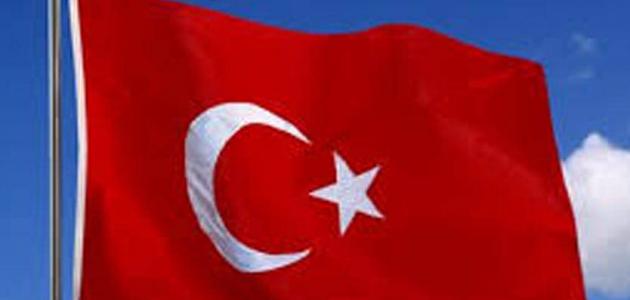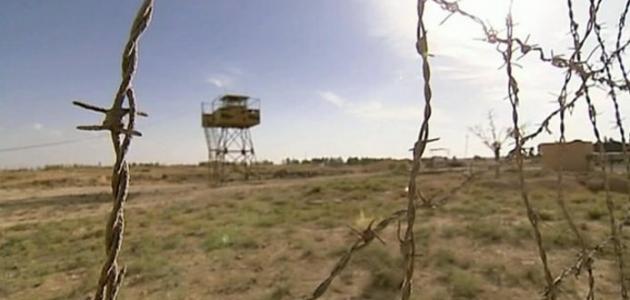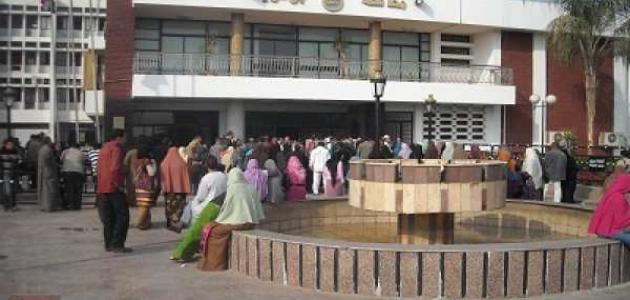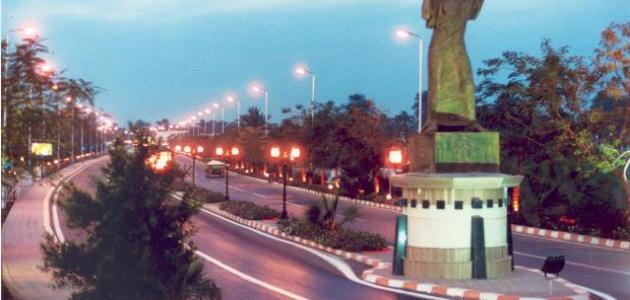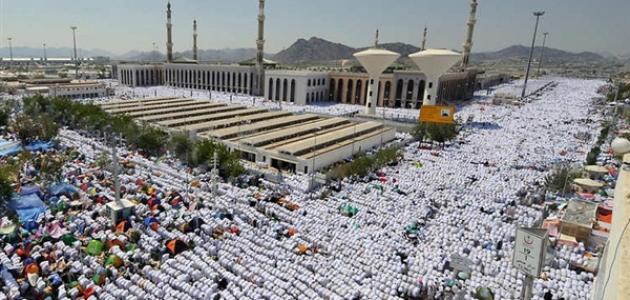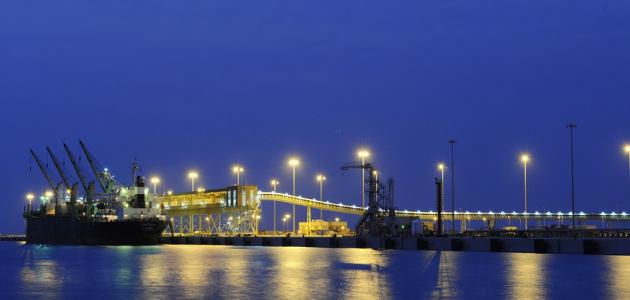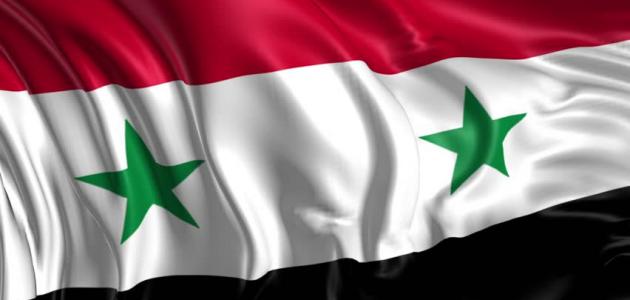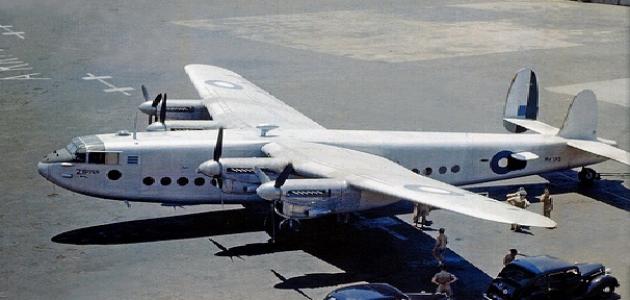Turkey site
The Republic of Turkey is astronomically located between latitudes 35-42 degrees north of the equator, and longitudes 25-44 degrees east of the Greenwich meridian. Geographically, its territory extends over two continents. Where it is located in the western part of the continent of Asia, and the eastern part of the continent of Europe, and what separates these two continents is the Bosphorus Strait, which mediates Turkey; Thus, the continent of Europe is located on its western side, while the continent of Asia is located on its eastern side; This is what made Turkey's strategic location. As he contributed to imposing its control over the strait between the seas: the Aegean, the Mediterranean, and the Black.
Turkey shares its political borders with a group of countries and regions, namely: Bulgaria, the Black Sea, and Georgia from the northern side, the Mediterranean Sea, and Greece from the western side, and it is bordered by Iraq, Syria, and the Mediterranean from the south, and from the eastern side, it shares its borders with Each of: Armenia, Azerbaijan, and Iran.
The Turkish Republic was founded in 1923 AD, became a member of the United Nations in 1945 AD, and joined NATO in 1952 AD. There are several major cities in Turkey, namely: the capital, Ankara, Istanbul, Adana, Izmir, and Bursa.
Turkey's geography
The geographical nature in Turkey is diverse; A group of hills spreads in the Turkish-European section, and the Bosphorus Strait extends in the center of Turkey. As for the lands of the Anatolian plateau, they are high and surrounded by a group of rugged mountains, the height of many of their peaks exceeds more than 10000 feet, and the most famous of them is the summit of the eastern Taurus Mountains, while Mt. Ararat is the highest mountain peak in Turkey; It reaches a height of 5.166 m.
Read also:Where is Mit Ghamr located?A group of low lands with fertile soil extends along the coasts of the Mediterranean and Black Seas. The Euphrates and Sakarya rivers are among the most important Turkish rivers. With regard to lakes, Lake Van is the largest lake in the country.
Turkey climate
The climate in Turkey varies clearly between regions and regions. Where the winter season is rainy and mild in each of the coastal areas located on the southern side, and the western side of the Anatolian plateau, while the summer season is hot and dry, in which temperatures rise in the coastal areas of the Aegean Sea; It reaches the equivalent of 32 degrees Celsius, while temperatures drop on the coast of the Black Sea in the summer, reaching an average of 22 degrees Celsius.
The winter season in the northeastern region of Turkey is characterized by its extreme coldness. As temperatures reach less than 40 degrees below zero Celsius, while its summer is mild, and the winter is cold in the southeastern regions and the interior regions of the Anatolian plateau, accompanied by snow storms, while its summer is hot, accompanied by severe drought and winds.
The average annual precipitation in the coastal areas of both the Mediterranean Sea and the Aegean Sea ranges between 50-75 cm. As for the areas near the Black Sea, the average annual precipitation reaches 250 cm.
Turkey's population
In 2016, the population of Turkey reached approximately 80.274.604 people. Many immigrated to Turkey with the aim of working, specifically from European countries, and for this reason the Turkish constitution stipulates that there is an ethnic difference between the population; The population is of Turkish origin 80%, and the Kurds make up 20%, while the other ethnic groups are distributed among Turkmens, Circassians, and Arabs in insignificant proportions that cannot be counted.
Read also:Where is the Levant located?The Turkish language is the official language in the state, and the alphabet and Arabic letters were used in it, and in 1928 AD the Roman letters were used instead, and the two languages are also used in Turkey: Kurdish and Arabic as two main languages, and a group of other secondary languages are used, such as the two languages: Greek, and Armenian.
Islam is spread among 99% of the population of Turkey, while the rest are: Greek Orthodox Christians, Armenian Orthodox Christians, or Jews, but the Turkish state does not depend in its constitution on the existence of an official religion for it, rather the constitution indicates that Turkey is a secular state.
Turkey's economy
Turkey relies in its economy on the application of the mixed economy, which combines government and private institutions, which contributed to supporting economic development, and led to the transformation of the economy from an agricultural economy to an economy based on industry, and services, which are the most developed sectors; Almost half of the workforce in the twenty-first century worked in the services sector, while a quarter of the employment rate was employed in the manufacturing and agricultural sectors.
Until 1950 AD, the Turkish state was keen to support industry and provide capital to enhance the work of railways, shipping facilities, and major industries, such as: the metallurgical industry and the production of chemicals, in addition to investing in the field of manufacturing industries, especially in the fields of: textiles, food, The political development in Turkey contributed to increasing cooperation with foreign countries, but in 1970 AD the Turkish economy suffered from high rates of unemployment and inflation, with a deficit in foreign trade.
Read also:Where is Al-Ais located?Several changes appeared in the Turkish economic policy in the year 1980 AD. As the encouragement to foreign investment and the establishment of projects increased, but the negative impact of inflation continued in 1990 AD, and the share of individuals in the GDP remained less than most countries in Europe and the Middle East, then the implementation of the economic monitoring program began in 1997 AD for a period of 18 months with the participation of the International Monetary Fund, and it succeeded This is in reducing the rate of inflation. However, with the onset of the financial crisis in 2000 AD, Turkey was forced to participate in the reform program of the International Monetary Fund. The Turkish economy witnessed continuous and strong growth, but it was affected by a state of stagnation in 2009 AD. When affected by the global economic crisis.
Turkey has a variety of natural resources, the most important of which are: coal and oil; As there is oil production on a small scale in the oil fields located in the southeastern region of Turkey, and its water resources are also used to produce electricity. One of the most important mineral ores in Turkey is iron.
